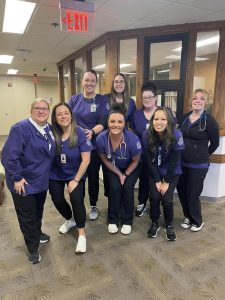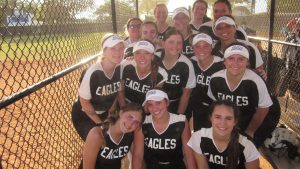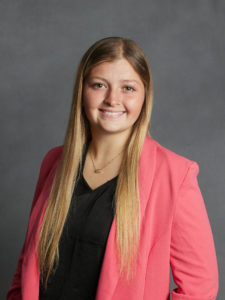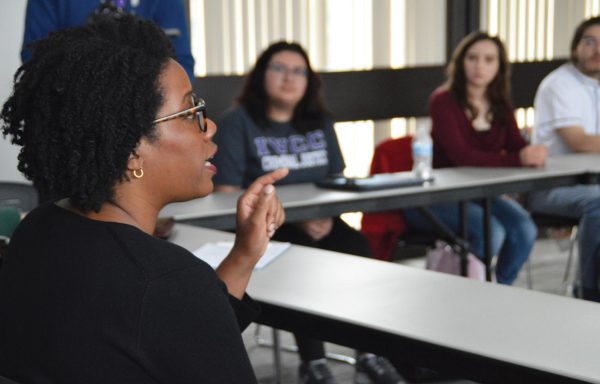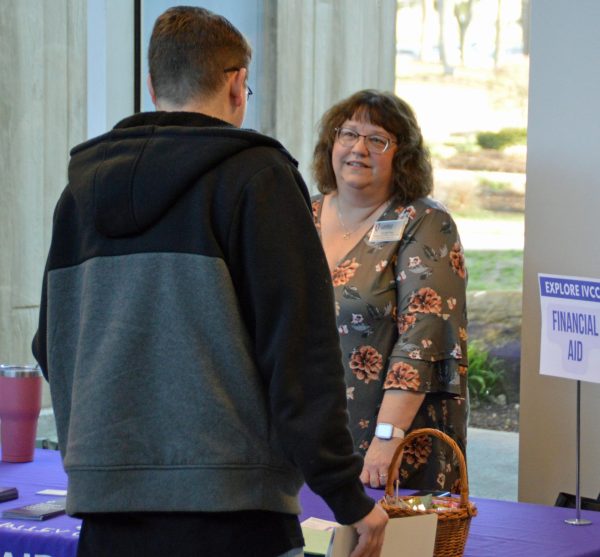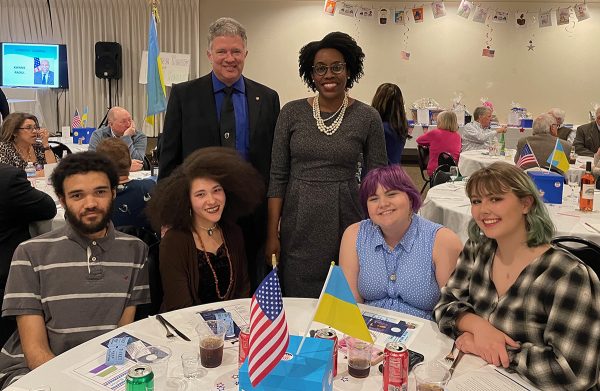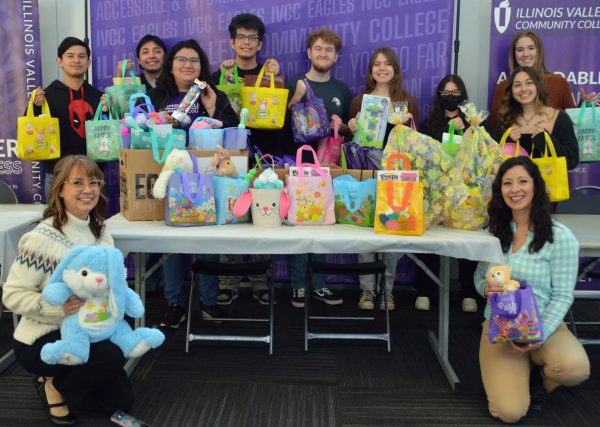Diversity club hosts lectures for Native American history month
December 1, 2016
Illinois Valley Community College’s Diversity Team hosted two different events for Native American History Month in November. On Nov. 7, the team introduced Mark Walczynski, local historian and returning IVCC criminal justice instructor, who presented the history of Illinois Indians from 1673 to present day.
Walczynski introduced the Illinois Indian tribes and subtribes by first debunking a common misunderstanding. Fighting Illini, the mascot of University of Illinois at Urbana-Champaign, is a mascot that is both historically and linguistically wrong. Illiniwek, or Aliniouek, is an Ojibwe Indian term, not an Illinois Indian term.
“The Illini are a football team. The Illinois were an Indian tribe,” Walczynski said.
Walczynski went on to describe the importance of bloodlines in Illinois Native American culture. Tribe members married to form families, and several families formed clans. Every clan member had a different role, even children and the elderly. Adolescence was seen as a time to learn necessary skills, and the elderly were viewed as “encyclopedias” because clan members would go to the elderly for advice and stories. Intermarriage was not allowed within clans, and different clan names gave each group their identity.
After further explaining different aspects of Native American culture, such as war and the annual life cycles of Illinois Indians, Walczynski explained what happened when French missionaries and explorers entered their land. All tribes, excluding one, became friends with the French.
After the arrival of the Europeans, Illinois Native American population declined due to disease, monogamy, war, alcoholism, and loss of their land and culture. Illinois Indians signed different treaties with U.S. government in 1803, 1818 and 1832, and agreed to move to a reserve in Kansas. Walczynski explained that today Illinois Indians live on a reserve in Miami, Okla., and consolidated with different, more populous tribes to form the Peoria Indian Tribe of Oklahoma.
In addition to the local Native American history presentation, the Diversity Team held a roundtable discussion on Native American mascots in schools and professional sports teams on Nov. 16. Amanda Cook-Fesperman and Jared Oleson both brought research and personal stories to the group of students and faculty members to prompt discussion.
Cook-Fesperman took her job as political science instructor determined that IVCC would replace the Apache mascot and they did. The editorial of Sept. 13, 2001 issue of the IV Leader, then the Apache, called for a change in the mascot.
The newspaper would have been renamed regardless of the mascot change.
The Board of Trustees reached a decision after the Student Government Association, Student Services Administrations Team, and the Administrative Cabinet approached them. After a month of submissions, the mascots came down to Eagles, Vipers, or Rockies, with Eagles earning 56 percent of the votes.
IVCC was one of many schools getting rid of the mascots that were “born in an era of racism and bigotry accepted by the dominate culture,” Cook-Fesperman says. Those mascots have become a social norm in those areas and are now a staple for these million dollar franchises.
The National Congress of American Indians have been advocating for the end of racist mascots for almost 50 years. The use of the term “redskins” is as offensive as any other racial slur, and yet many sports teams use it. The NFL team in Washington, DC is at the center of this campaign because owner George Preston Marshall chose this name in 1932 when the country was trying to eliminate the Native American culture. This was the same team owner that led the initiative to ban African Americans from the league.
Illinois has the third most Indian mascots of states: 180 schools. Cook-Fesperman and Oleson discussed several local schools that had these mascots. Most of these schools do not release pictures of their mascots, but their names are readily available.
There are ways to combat this racism. Towards the end of the discussion, However, freezing temperatures and strong winds played a role in deterring potential participants and their children from joining.
Participants came together for a photo, but because of the cold weather, chose not to walk.
Despite the low turnout, Amber Cullifer, IVCC Criminal Justice Association President and Justice Walk coordinator, said that the association would host the walk again next year.
“We raised $40 and three presents for the Officer Santa Program. Anything is better than nothing when it comes to these kids. While we didn’t get a good turn out this year, I’m still optimistic for next year,” Cullifer said.
Cook-Fesperman and Oleson asked how this could be remedied. Taking away a mascot all together could cause an uprising in the community, but an alternative route is to ask a representative committee, like the NCAI, if the mascot is offensive and how it can be more respectable. A member of the audience shared how he responded to the University of Illinois’ use of Chief Illiniwek by writing a letter to a judge explaining how disrespectful it was to an entire race of people. He told the room that the change starts with them.

